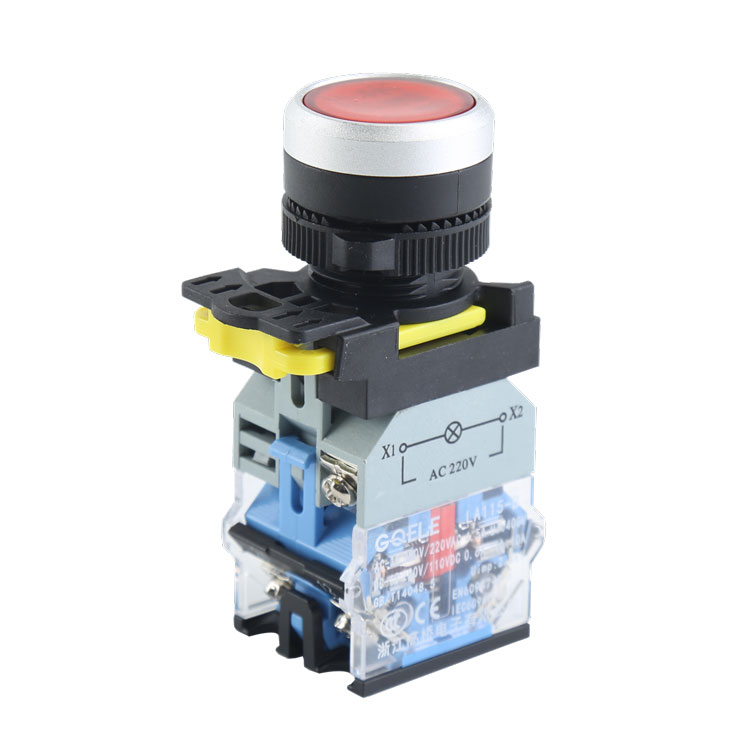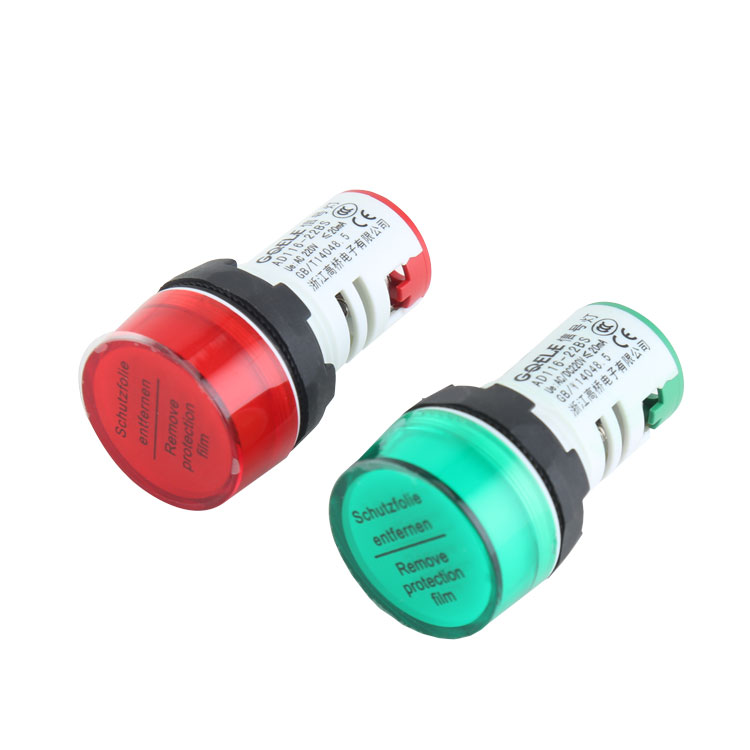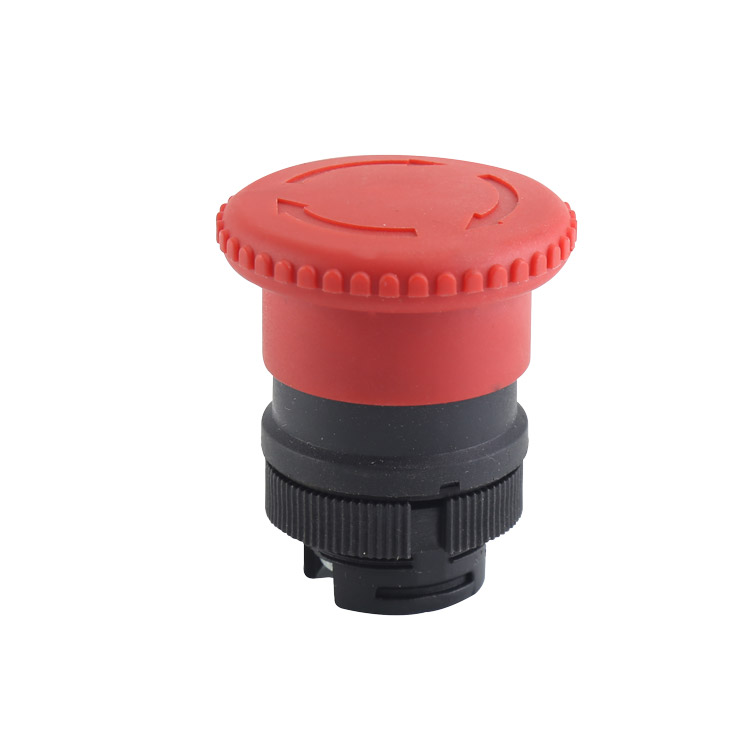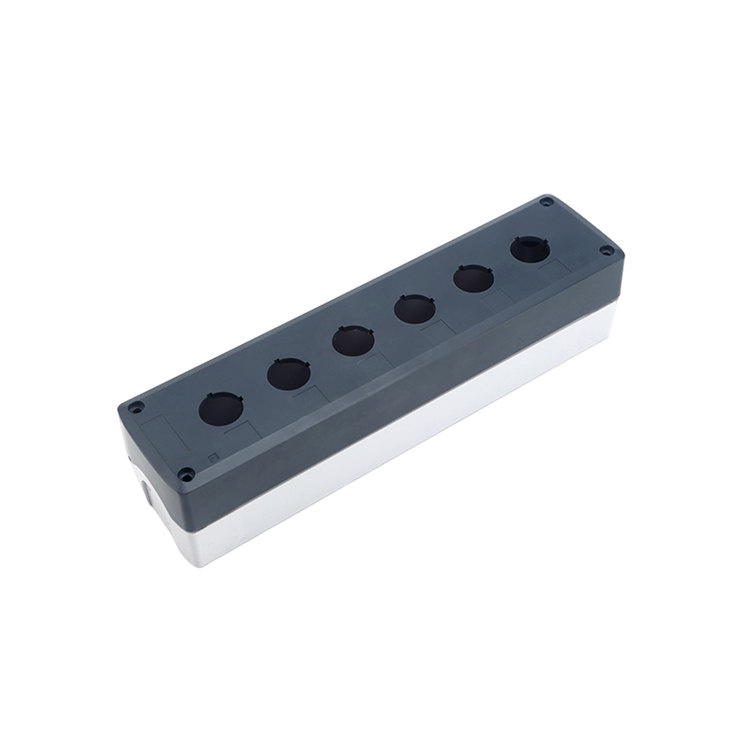
LA115-B9-11MD 1NO & 1NC Momentary & Illuminated High Quality Mushroom Push Button Switch With Mushroom Shape Head And Red Light

LA115-C-MXD High Quality 16mm 12V Round Mini Mushroom Head Power Start Switch With Red Indicator Light For Industrial Machine

GXB4-EA3311 1NO Momentary Flush Push Button Switch With Round Shape Green Head And Symbol

AL50-W-31Z2 High demand export products Continual light alarm flashing light

LA115-B5-11ZT 1NO&1NC Φ40 Twist Or Pull Release Emergency Stop Push Button With Mushroom Shape Red Head And Symbols

GXB4-BA41 High Quality 1NO Momentary Flush Push Button With Spring Return And Without Illumination

LA115-B5-11D 1NO&1NC Momentary Plastic Luminous Flush Push Button With Red Round Head And Red Light

GXB2-BG45 High Quality 1NO+1NC 2-Position Momentary & Key-operated Key Selector Push Button Switch With Round Head

AD22 Panel Mount LED Power Indicator Pilot Signal Light Lamp

LA115-5-EBD Φ22 ~ Φ30 Momentary Adjustable Round Red Flush Push Button Head With Illumination And Symbol

GXB2-ES54 Φ40 Mushroom Shape Red Plastic Emergency Stop Push Button Head With Twist Release And Symbols

GXB2-EC3 Yellow Trapeziform Protective Cover Used With Emergency Stop Push Buttons To Prevent Wrong Operation











